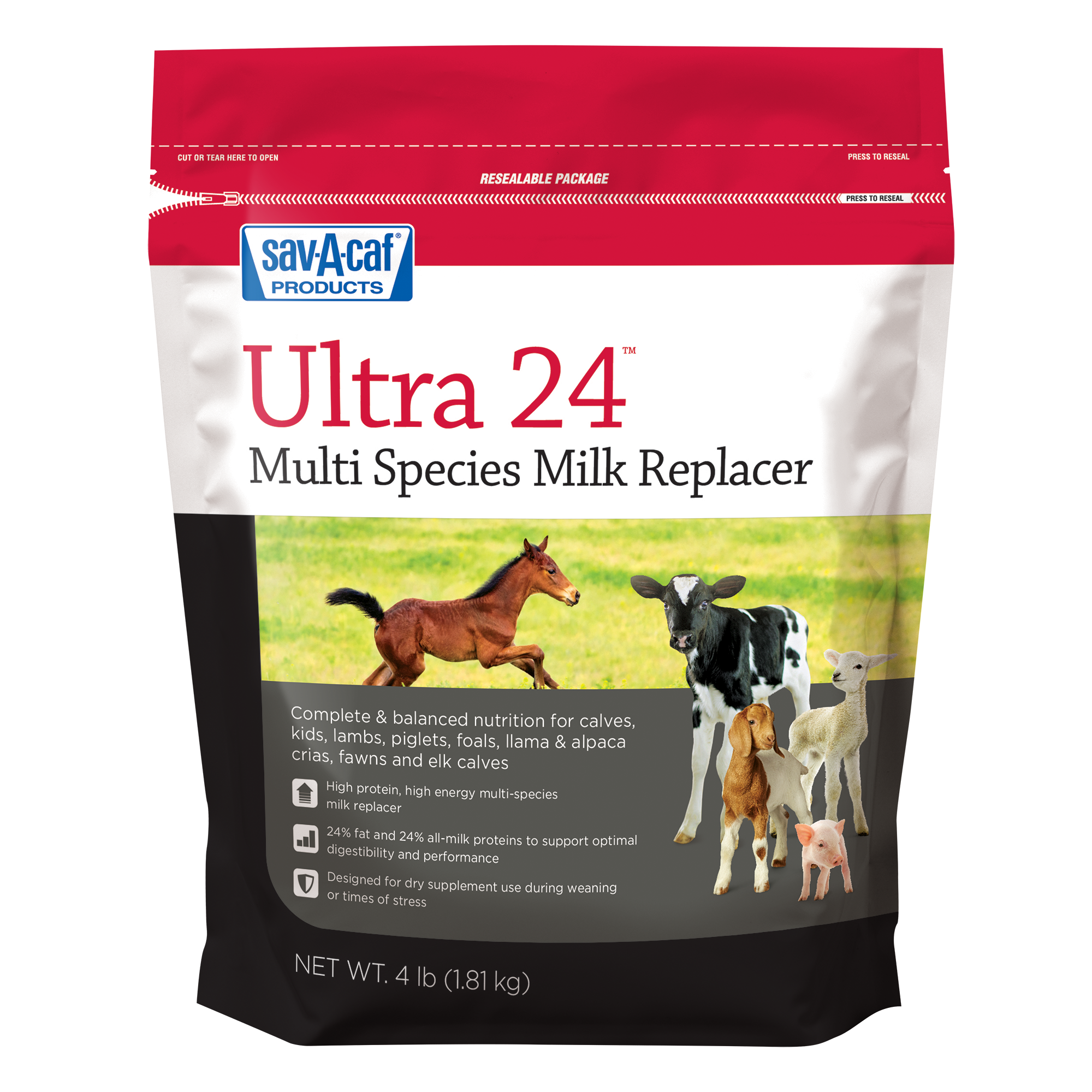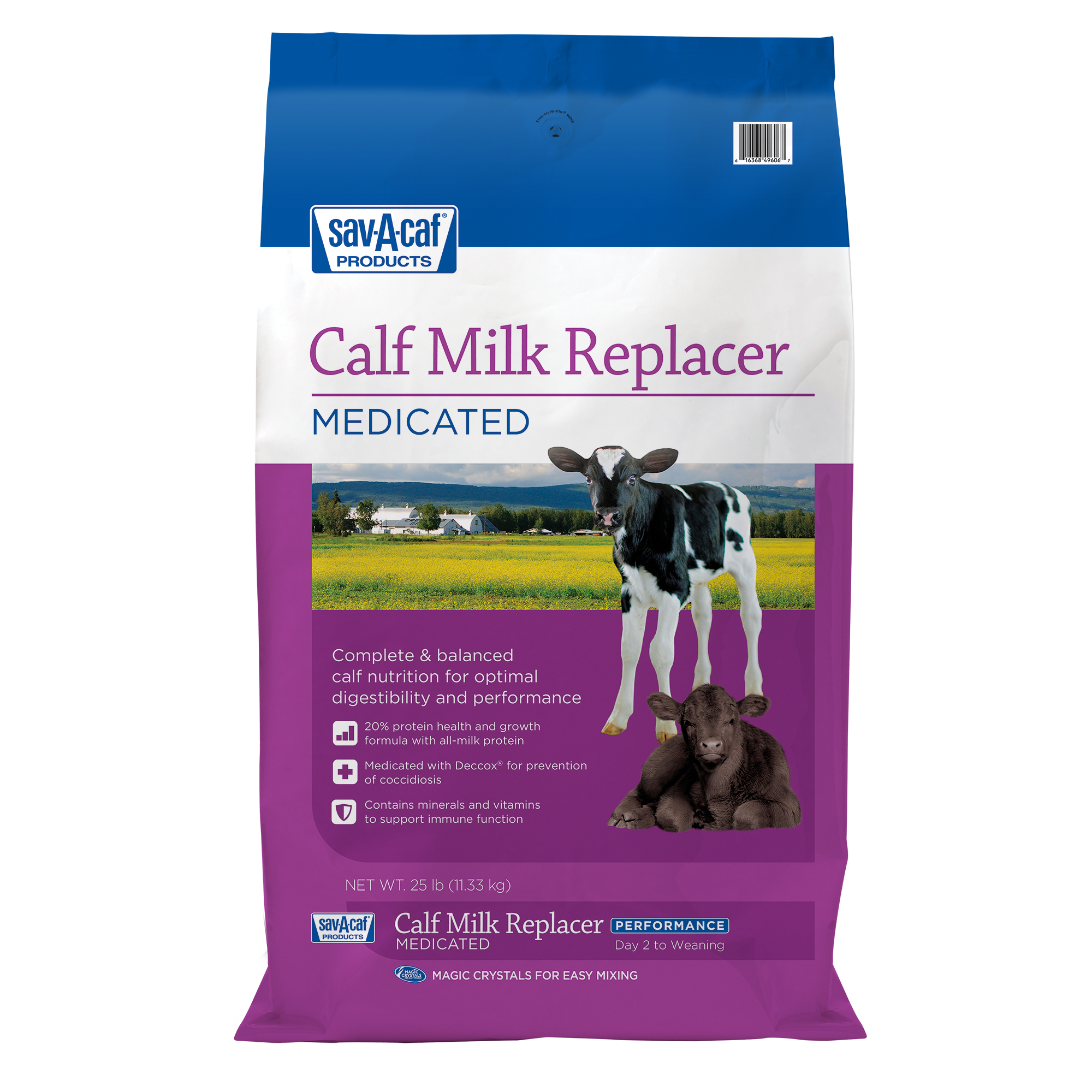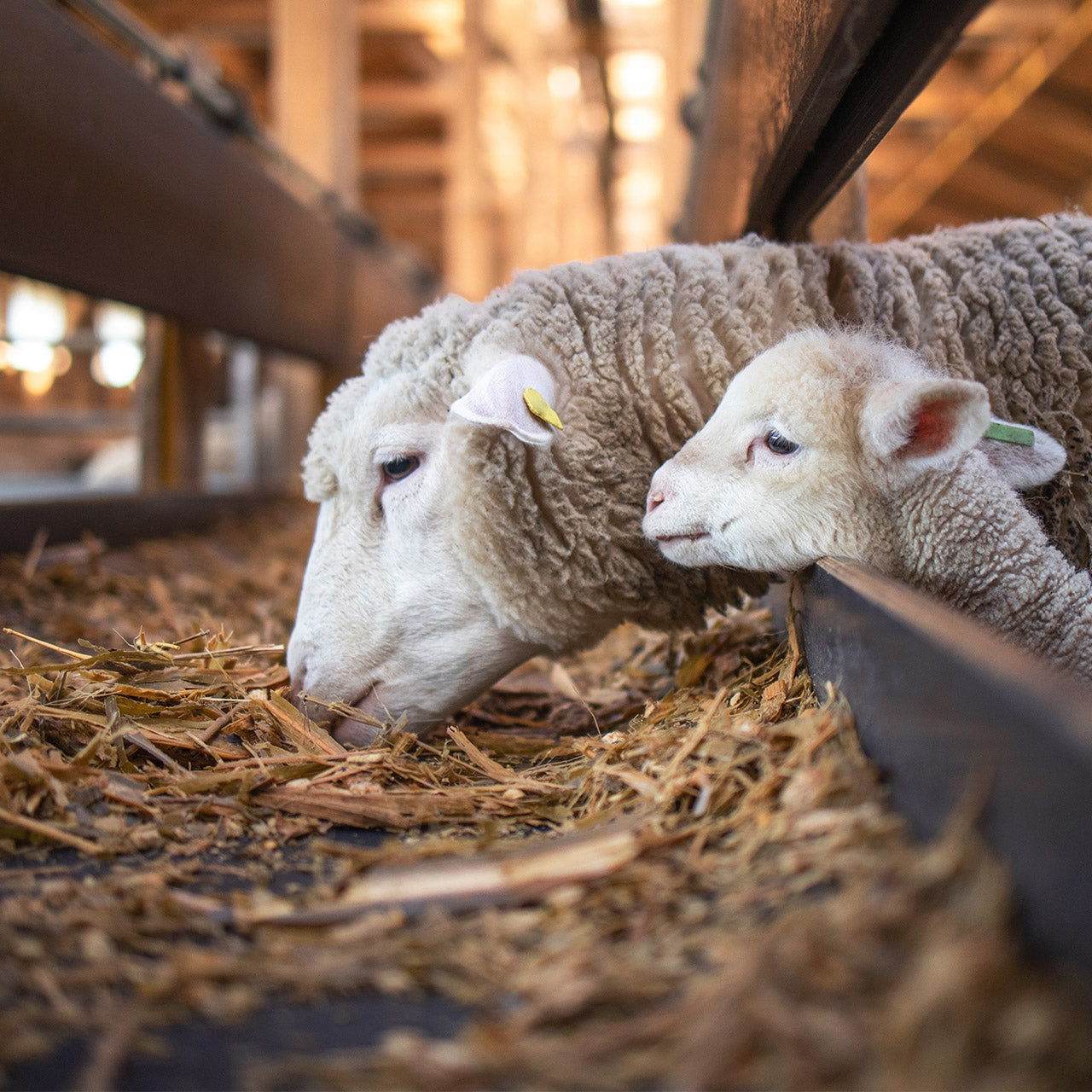
How to prepare for your ewe giving birth
New sheep owners may be intimidated before their ewe gives birth to the newest member of their flock. These facts and tips help you prepare for the big day to ensure the smoothest delivery possible.
About the pregnancy
Ewes are pregnant for an average of 140-145 days. If it is their first pregnancy, one lamb is common. However, twins are most common and triplets may also result. A newborn lamb usually weighs between 8-10 pounds at birth, depending on the breed.
When to move your ewe
When your ewe’s due date is approaching, move her to the place where you would like her to give birth. If you move her while she is in labor, it may lengthen the process. It is best to shear your ewe a couple of weeks before her due date as well to allow you to see more clearly as well as give your lamb a cleaner experience. You will also want to make sure that the stall bedding is kept clean and dry to provide a more sanitary location for your ewe to give birth.
Know the signs of labor
At about 135 days into your ewe’s pregnancy, it is helpful to check in on her every three to four hours. To tell if your ewe is about to go into labor, look for these common signs:
- Restlessness: When labor is approaching, it can be hard for the ewe to get comfortable, and she may paw at the ground.
- Separation: The ewe may start to pull away from the rest of the flock if they are housed together.
- Darkening of the vulva: The ewe’s vulva will swell and turn darker pink a few days before labor begins.
- Fuller udder: The ewe’s milk will start to come in one to two days before she gives birth.
- “Dropping”: When the ewe looks more hollowed out, it may be a sign the lamb has moved into the birth canal.
- Signs of straining: This is a sign the ewe is having a contraction.
- Any unusual behavior: Any behavior that is out of the ordinary for your ewe may be a sign that she is about to go into labor.
Prepare a birthing kit
To be best prepared for your newborn lamb’s birth, make sure you prepare a birthing kit. A well-prepared birthing kit will include the following:
- Flashlight: This will help you see all of the angles of your laboring ewe and newborn lamb.
- Several clean, old towels: This will assist you in covering the bedding during birth, drying off the new lambs and cleaning up birthing fluids. Pro tip: Puppy training pads also work well as birthing surfaces!
- Sharp scissors and dental floss: In a case where cutting the umbilical cords is needed, this will assist you in cutting and tying them off.
- 7% iodine tincture and an empty prescription bottle: This is helpful in dipping the lamb’s umbilical cord. The pill bottle is a good size and shape for holding the iodine during dipping.
- Betadine surgical scrub: Sanitize your supplies or hands with this should your ewe need birthing assistance.
- Sterile lubrication: If you need to enter your ewe’s vaginal opening to assist with the birth, you will need this readily available.
- Garbage bags: You can easily collect afterbirth and soiled towels in these.
- Heat lamp: If your lamb is born in the winter, a heat lamp or hot water bottle can help protect them from hypothermia.
- Bottle and nipple: If your lamb is not able to nurse immediately after birth, you can assist with feeding.
- Colostrum replacer or supplement: This will also assist your lamb if they are unable to nurse immediately after birth to provide them with the nutrients they require.
- Electrolytes: This helps reverse the effects of diarrhea in newborn lambs as well as rehydrate you ewe after laboring.
The birthing process
The entire birthing process of your newborn lamb may take up to 24 hours, but most ewes need little assistance with delivery. If you see the water bag or evidence that it has broken, the lamb will likely be born within 30-60 minutes. If your ewe is carrying twins, both lambs should be born within two hours of seeing the water bag.
A normal birth position includes the nose and front toes first. If this is not what you witness or if the birth does not seem to be progressing after 45 minutes, this may indicate that your ewe needs some assistance. This would be a good time to consult your trusted veterinarian or experienced sheep owner.
First steps after birth
One you have welcomed your new baby lamb into the world, monitor your ewe closely to ensure she is able to clean and care for her lamb. For the first few hours, stand back and let your ewe lick and care for her lamb. The ewe will pass her placenta or afterbirth anywhere from two to 24 hours after birth. From here, you can move your ewe and her new lamb into a lamb jug or clean stall.
For information on next steps and proper nutrition for your newborn lamb in the first weeks of life, read this article and follow My Farm Journey on Facebook and Instagram.
Find Solutions for Your Animals
-
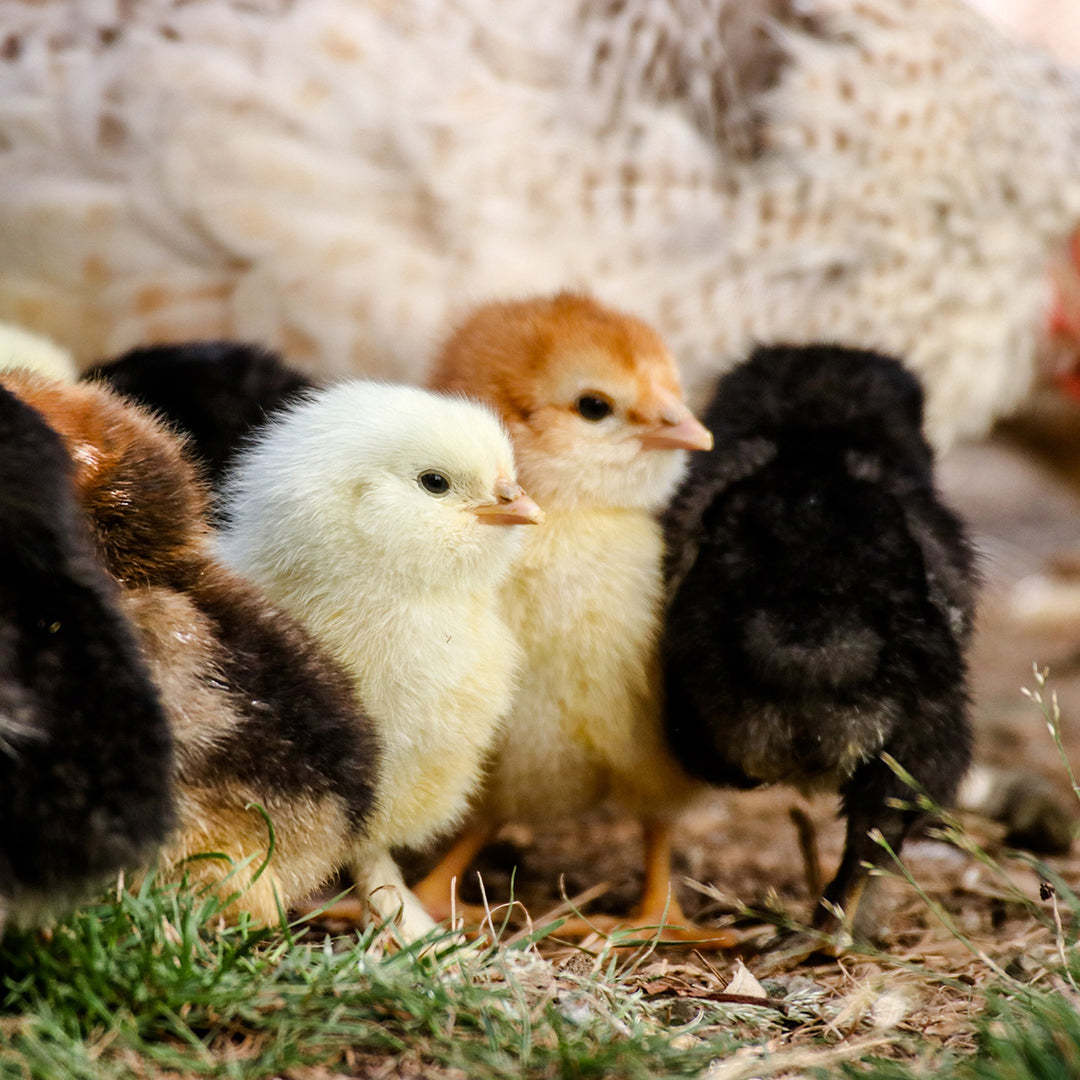
Whether housed in a coop or free ranging on your farm, your birds are exposed to multiple threats every day that could cause illness or impact their well-being. Now there’s a way to be more proactive with regular support for...
-
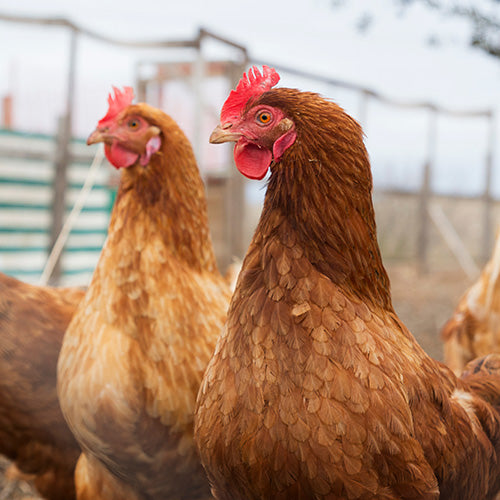
You’ve raised your chicks to adulthood and now they’re fully feathered hens. Way to go! Now, you get to enjoy their eggs and companionship for years to come. To maximize their life, support their production potential and kee...

